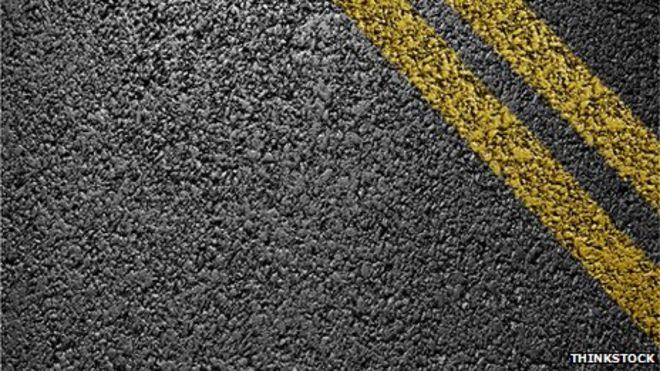 | ||
Tarmac repair
Tarmac (short for tarmacadam) is a type of road surfacing material patented by English inventor Edgar Purnell Hooley in 1902. The term is also used, with varying degrees of correctness, for a variety of other materials, including tar-grouted macadam, bituminous surface treatments, and modern asphalt concrete. The term is also often used to describe airport aprons (also referred to as "ramps"), taxiways, and runways regardless of the surface.
Contents
- Tarmac repair
- Hand lay tarmac driveway by gavin lawrie surfacing ltd
- Origins
- Later developments
- References
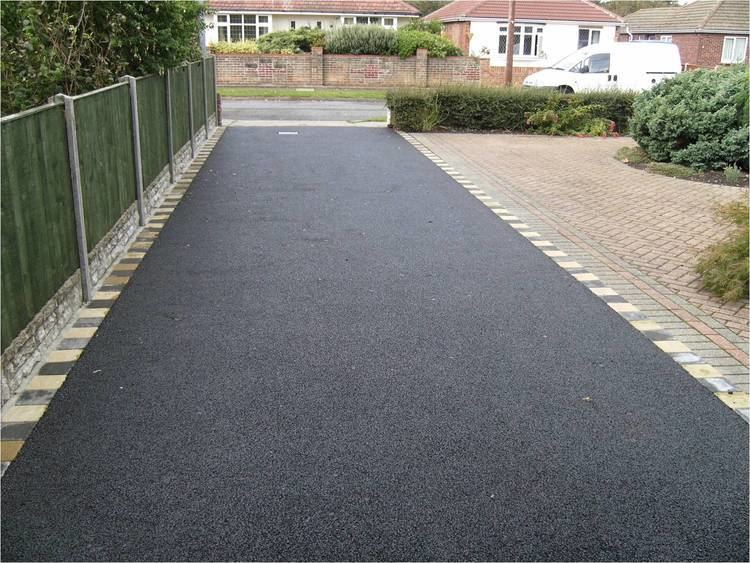
Hand lay tarmac driveway by gavin lawrie surfacing ltd
Origins
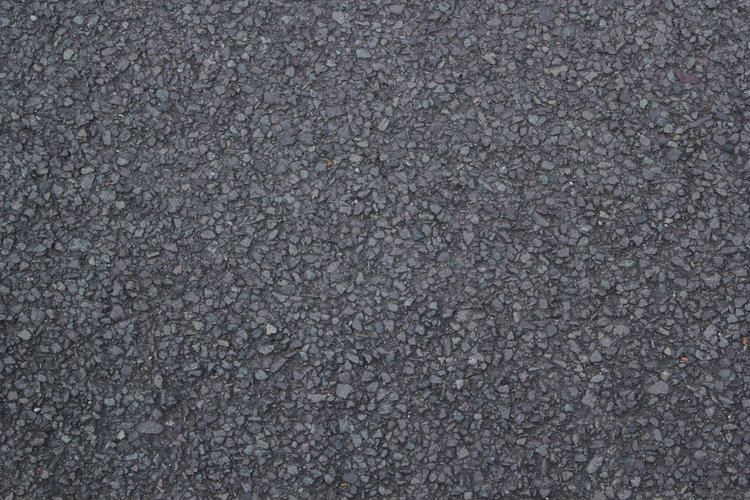
Pioneered by Scottish engineer John Loudon McAdam in the 1820s, Macadam roads are prone to rutting and generating dust. Methods to stabilize macadam surfaces with tar date back to at least 1834 when John Henry Cassell, operating from Cassell's Patent Lava Stone Works in Millwall, patented "lava stone". This method involved spreading tar on the subgrade, placing a typical macadam layer, and finally sealing the macadam with a mixture of tar and sand. Tar-grouted macadam was in use well before 1900, and involved scarifying the surface of an existing macadam pavement, spreading tar, and re-compacting. Although the use of tar in road construction was known in the 19th century, it was little used and was not introduced on a large scale until the motorcar arrived on the scene in the early 20th century.
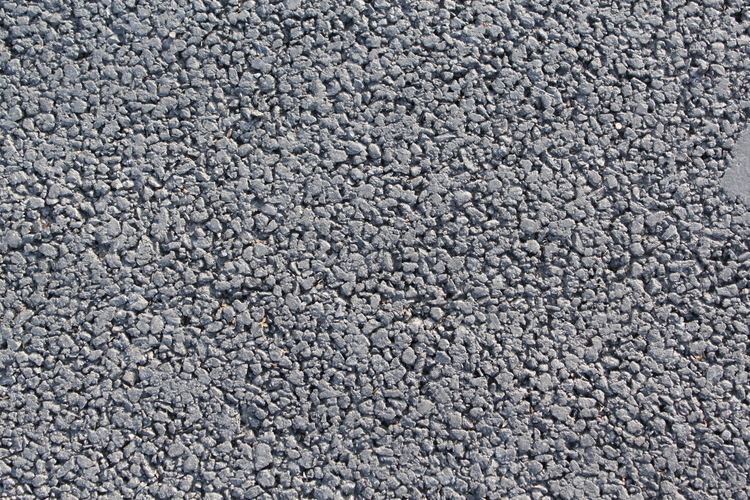
In 1901, Edgar Purnell Hooley was walking in Denby, Derbyshire when he noticed a smooth stretch of road close to an ironworks. He was informed that a barrel of tar had fallen onto the road, and someone poured waste slag from the nearby furnaces to cover up the mess. Hooley noticed this unintentional resurfacing had solidified the road, and there was no rutting and no dust. Hooley's 1902 patent for tarmac involved mechanically mixing tar and aggregate prior to lay-down, and then compacting the mixture with a steamroller. The tar was modified by adding small amounts of Portland cement, resin, and pitch. Nottingham's Radcliffe Road became the first tarmac road in the world. In 1903 Hooley formed Tar Macadam Syndicate Ltd and registered tarmac as a trademark.
Later developments
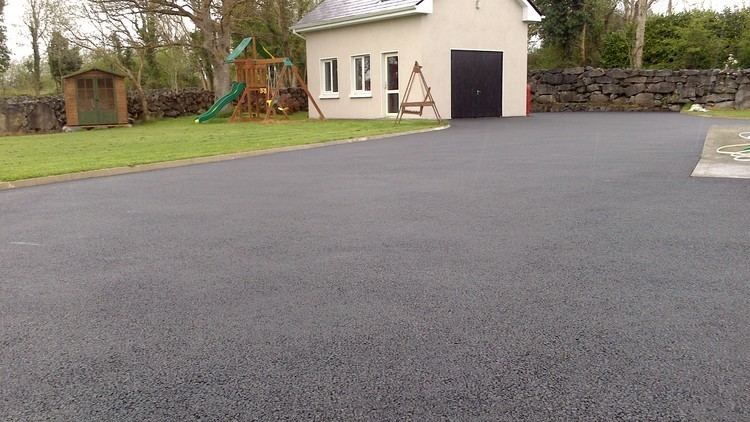
As petroleum production increased, the by-product bitumen became available in greater quantities and largely supplanted tar due to its reduced temperature sensitivity. The Macadam construction process quickly became obsolete because of its high manual labour requirement; however, the somewhat similar tar and chip method, also known as (bituminous) surface treatment (BST) or "chip-seal", remains popular.
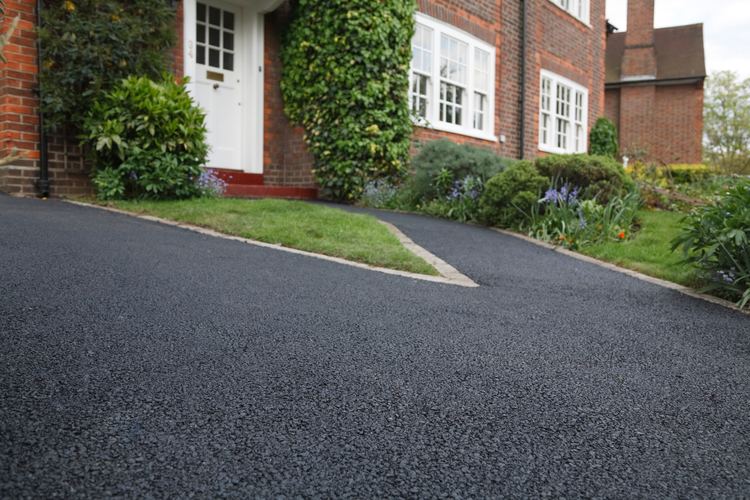
While the specific tarmac pavement is not common in some countries today, many people use the word to refer to generic paved areas at airports, especially the apron near airport terminals despite the fact that these areas are often made of concrete. The Wick Airport at Wick in Caithness, Scotland, is one of the few airports that still have real tarmac runways. Similarly in the UK the word "tarmac" is much more commonly used by the public when referring to asphalt concrete.
Tarmac is a registered trademark although it is frequently written with a lower-case initial letter.

